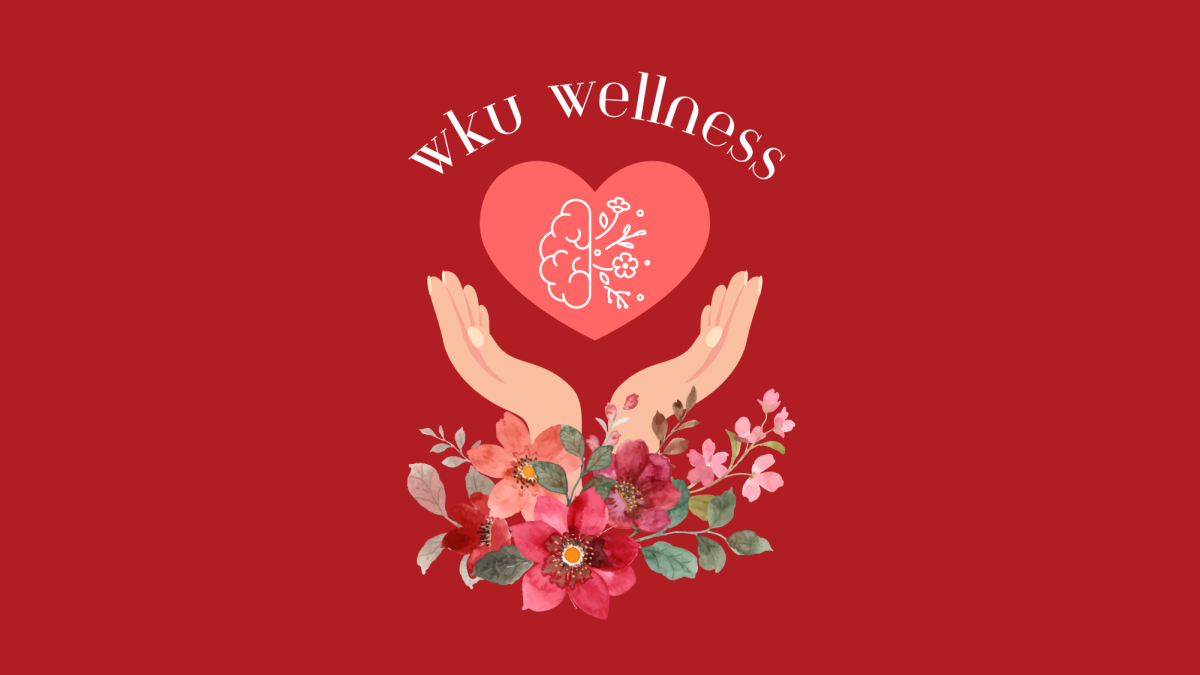Hello readers! A new month means new book recommendations!
March can be a transitional and renewing month due to the change from winter to spring. As readers, we also go through this transition with the novels we read as a new season blooms and the old season withers away.
This month is also Women’s History Month, and there is no better way to celebrate women’s history, than through reading books.
“A Room of One’s Own” by Virgina Woolf
This novel is an extended essay that was first published in 1929. Its contents focus on and address the status of women as fiction writers and the societal hindrances and economic obstacles that women faced.
Woolf’s central focus with this novel is that women should have their own money as well as a “room of their own” (meant both physically and metaphorically) if they want to be successful as fiction writers.
Although this book is targeted mainly toward women who write, I feel like it can resonate with a lot of women, because women have transitioned into becoming more independent and more rebellious to the societal and economic standards that once placed them in a bubble.
“The Women” by Kristin Hannah
This story follows protagonist Frankie, a nursing student who follows her brother to Vietnam by joining the Army Nurse Corps. This daring and bold move is fueled by Frankie’s need to change the route of always “doing the right thing” under the watchful gazes of conservative parents.
After Frankie saw war unfold in front of her eyes, she came home to the battle taking place in a different America than the one she was used to–one that wants to forget the entire experience of the Vietnam War.
Frankie’s story is about all the women who took part in and contributed to the Vietnam War, and whose efforts have been overlooked or only slightly mentioned throughout history. This novel proves that women’s achievements and contributions to the history of America matter.
“Milk and Honey” by Rupi Kaur
This poetry collection is separated into four sections: the hurting, the loving, the breaking and the healing. Kaur explores multiple themes related to femininity, love, loss and survival.
Kaur’s poems in this collection follow an informal style with no capitalization, only a few poems with titles, and little to no punctuation. This writing style builds a more comfortable and relatable connection with the reader.
A poem I feel that speaks on the transformation and beauty of women is her poem titled “to the reader”:
“Stay strong through your pain
grow flowers from it
you have helped me
grow flowers out of mine so
bloom beautifully
dangerously
loudly
bloom softly
however you need
just bloom” (pg. 158).
I hope this poem inspires other women to bloom brightly and confidently during this transition into the spring season.








